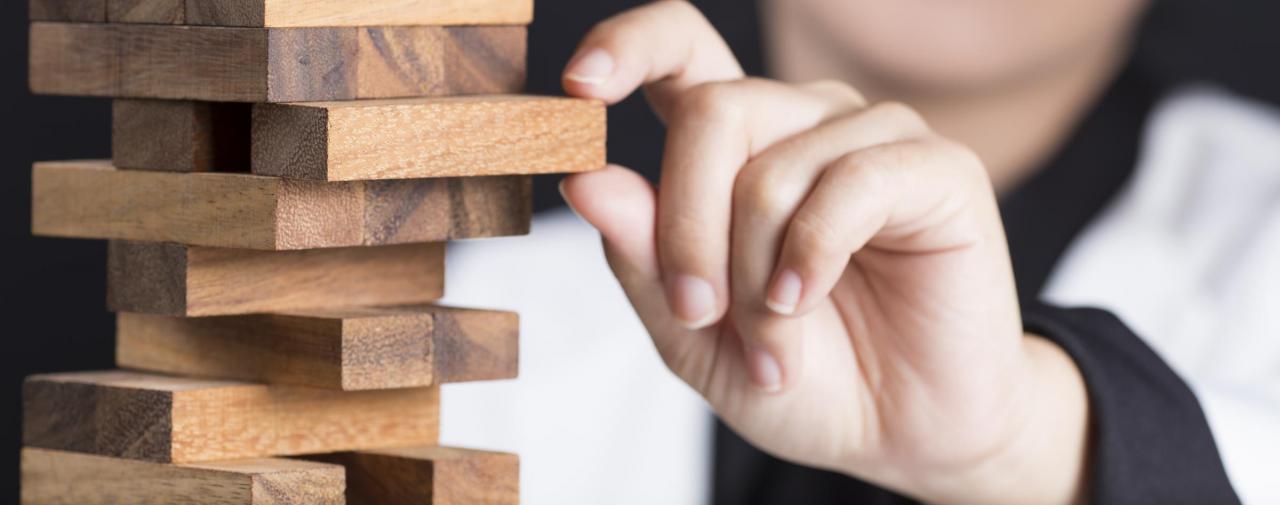- For Professionals
- PHIUS+ Standard
- Case Studies
- Design Guide
- FAQs
- Does Passive Building Cost More to Build ?
- Can Passive Building Scale to Multifamily?
- Are Passive Buildings Resilient?
- Do Passive Buildings Cause Mold?
- What Are the Risks of Passive Building?
- How Long Is The PHIUS+ Certification Process?
- How Much Do Passive House Certifications Differ?
- What About Passive Building HVAC Systems?
What Are the Risks of Passive Building?

Over-delivering.
Ok, this was kind of a trick question. But the reality is that because quality assurance and quality control are built into the PHIUS+ certification process, and because the 3D energy- and moisture-modeling is so robust, the risk of moisture damage, comfort complaints, high energy bills, or construction cost overruns is minimal. We know how the building will perform before it is built, and we monitor the construction process to make sure that it lives up to expectations and its capabilities.
This is precisely why we worked with Fraunhofer Institute to tailor the WUFI Passive modeling tool to North America’s many climate zones and weather data. Based on our experience building a few passive houses outside Germany’s climate zone, we understood that if the standard wasn't improved, then comfort complaints, high energy bills, and moisture/mold damage could become synonymous with energy-efficient building and design, and we would not be able to achieve our mission, which is “to make structures that are durable, resilient, comfortable, healthy, and super energy efficient.”
If you build 'near passive-house standard' or 'passive-house-inspired,' the main risks are moisture problems and comfort complaints. Probably cost overruns and callbacks, too.
Really, the biggest risk in building is not building to PHIUS+, not modeling with WUFI Passive, and not going through the QA/QC-driven certification process. The modeling and the certification, the climate and cost optimization were all developed to make the risk question moot.
The risk of passive building is not building to the PHIUS+ standard.
